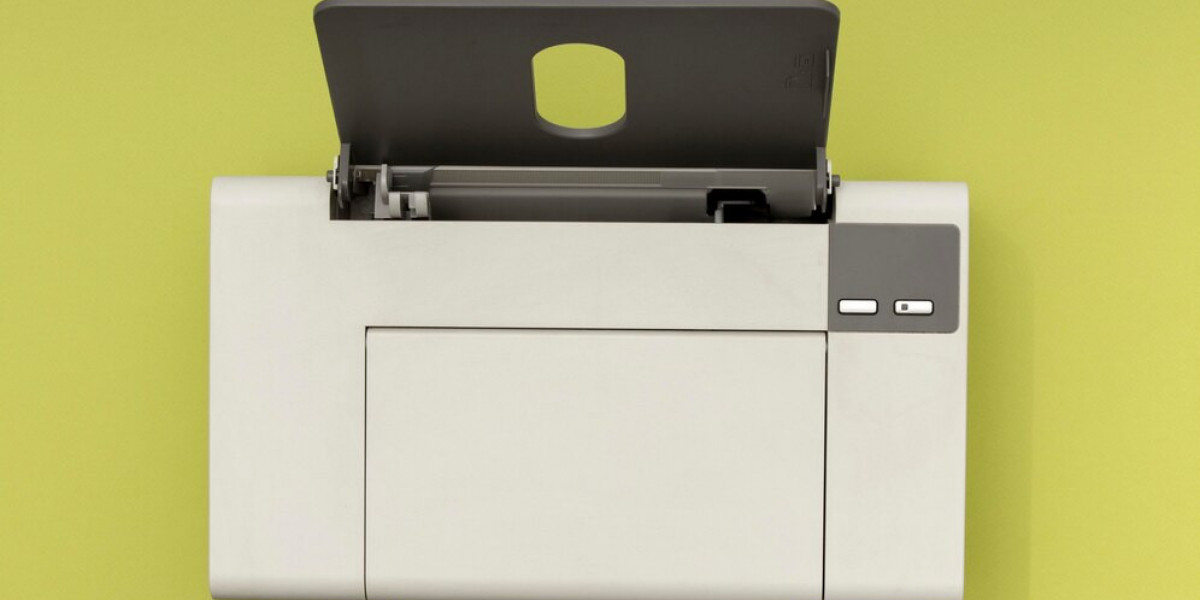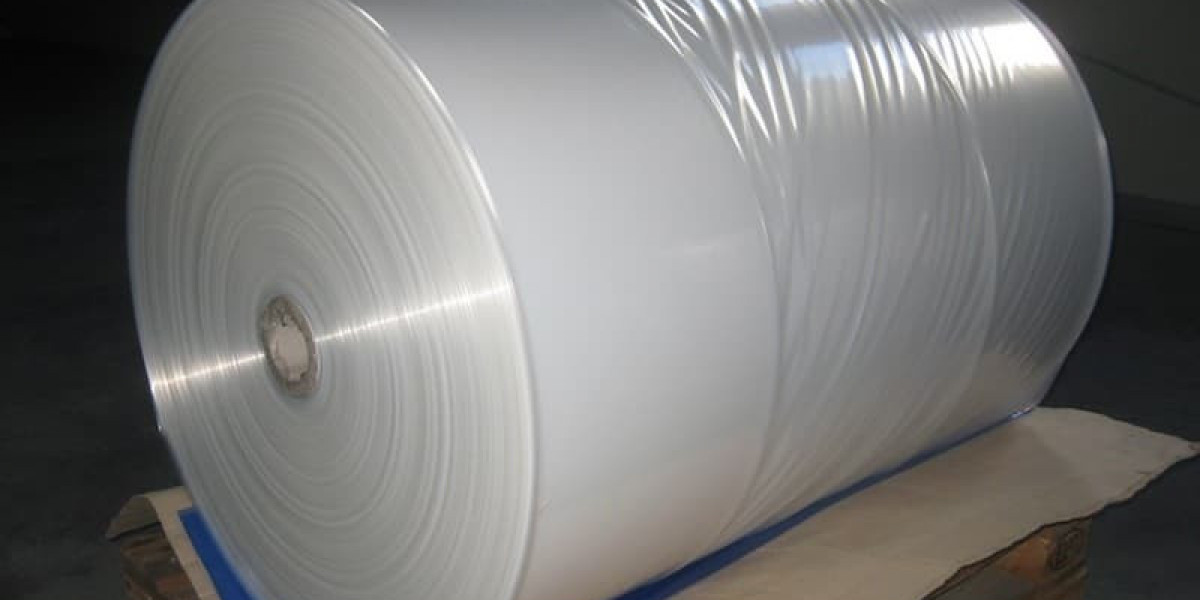The desktop 3D printer market has experienced exponential growth over the past decade. However, like any emerging industry, it is not without its threats. While the potential for innovation and disruption remains high, several factors pose risks to the market’s long-term stability and growth. From technological obstacles to increasing competition and regulatory pressures, understanding these threats is crucial for both new entrants and established players in the market.
1. Technological Obsolescence and Rapid Advancements
One of the primary threats to the desktop 3D printer market is the rapid pace of technological advancements. As 3D printing technology continues to evolve, older models may become obsolete faster than manufacturers can keep up. For companies operating in the desktop 3D printer market, the pressure to continuously innovate and offer cutting-edge products can be overwhelming. Failure to stay ahead of technological trends could lead to a decline in market share as consumers opt for more advanced and efficient solutions.
The speed at which new technologies are introduced can also lead to a fragmented market, making it challenging for consumers to make informed decisions. They may find it difficult to invest in a machine only to see a more advanced model hit the market shortly after.
2. Intense Market Competition
Competition within the desktop 3D printer market has intensified in recent years, with numerous players entering the market and offering low-cost alternatives. Established companies such as MakerBot and Prusa Research face significant competition from smaller, agile firms that are able to quickly adapt to changes in consumer preferences.
As a result, price wars have become common, and many companies have been forced to lower their prices to stay competitive. While this has made 3D printing more accessible to a wider audience, it has also compressed profit margins, especially for companies that offer high-end products with advanced features. Smaller firms may struggle to compete against larger players with more extensive resources, further consolidating the market.
3. Intellectual Property (IP) and Legal Challenges
With the increasing ease of replicating designs and printing components, intellectual property (IP) theft has become a significant threat to the desktop 3D printer market. As 3D printers enable users to create exact replicas of items, companies may find themselves at risk of having their proprietary designs copied and sold without their permission.
The situation is further complicated by the growth of online repositories and platforms that allow users to share 3D models, sometimes without clear ownership or licensing. These platforms raise questions about copyright infringement, patent issues, and whether creators can fully protect their work. As 3D printing becomes more widespread, finding a balance between open-source collaboration and IP protection will become an increasingly difficult challenge.
4. Regulatory and Safety Concerns
As 3D printing technology advances, concerns over safety and regulation are likely to intensify. Desktop 3D printers, especially those operating at high temperatures or involving specialized materials, present potential hazards to users. Inadequate safety protocols may lead to incidents, such as fires, fumes, or injuries, creating public safety risks.
Moreover, the legal landscape surrounding the 3D printing industry is still developing. Governments are beginning to introduce regulations regarding product safety, consumer protection, and intellectual property. These regulations may vary by region, creating a complicated compliance landscape for companies operating internationally. If manufacturers fail to comply with new standards, they may face legal challenges, penalties, and damage to their reputation.
5. Environmental Impact
While 3D printing is often hailed as a more sustainable manufacturing option compared to traditional methods, it still presents environmental challenges. Desktop 3D printers typically use plastic-based materials such as PLA or ABS, which can contribute to plastic waste. While PLA is biodegradable, ABS is not, and both materials contribute to environmental concerns when improperly disposed of.
The energy consumption of 3D printers also raises environmental questions. While desktop 3D printers are more energy-efficient than industrial models, the growing demand for 3D-printed goods could lead to increased power consumption on a global scale. This could offset some of the environmental benefits of 3D printing technology, particularly if manufacturers and users do not take sustainability into account.
As environmental awareness increases, there may be pressure from consumers and governments to adopt greener practices and materials. Companies that fail to address environmental concerns may face backlash or lose market share to competitors who prioritize sustainability.
6. Consumer Perception and Misconceptions
Despite the growing popularity of desktop 3D printing, there are still misconceptions among consumers about the technology’s capabilities and limitations. Many people may assume that 3D printers are capable of creating high-quality, functional parts without understanding the complexities of the technology. In reality, the majority of desktop 3D printers are still limited by factors such as material constraints, print resolution, and print time.
These misconceptions can lead to disappointment among consumers, especially if their expectations do not align with the reality of what 3D printers can achieve. As a result, manufacturers must work to educate the public about the capabilities of their products and manage expectations to avoid disillusionment.
7. Economic Downturns and Market Sensitivity
Like many emerging technologies, the desktop 3D printer market is vulnerable to economic fluctuations. During times of economic uncertainty or recession, businesses may cut back on discretionary spending, including investments in 3D printing technology. This sensitivity to market conditions could result in a slowdown in growth or a decline in sales during difficult economic periods.
In addition, the high cost of certain 3D printers and materials may make it difficult for small businesses or hobbyists to justify the investment, particularly when budgets are tight. While the market has seen price reductions in recent years, desktop 3D printing technology is still considered a luxury or specialized item for many potential buyers.
Conclusion
The desktop 3D printer market offers tremendous opportunities for growth and innovation. However, it is also subject to a number of threats that could impede its progress. From technological obsolescence and increasing competition to legal challenges and environmental concerns, these threats must be addressed if the market is to continue its upward trajectory. Companies operating in this space must focus on innovation, consumer education, and sustainability to stay ahead of potential risks and secure their place in the future of 3D printing.









